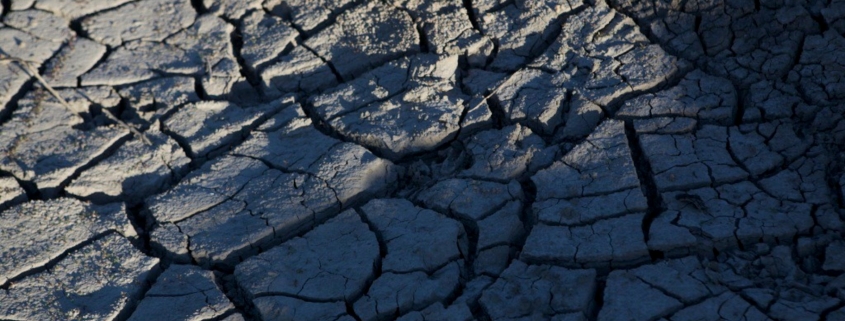Australian State Considers Selling Its Biggest Water Assets, Built During Drought Panic
Queensland’s rush to build desalination and recycled water facilities is a cautionary tale.
Queensland spent big during the decade of drought that choked Australia at the turn of the 21st century.
The northeastern state built a $AUS 2.6 billion facility to purify and reuse sewer water and a $AUS 1.2 billion plant to remove the salt from seawater. Both were completed in 2008, but the desalination plant did not begin operating until 2009.
But just a few years after completion, the rains returned, reservoirs refilled, and cheaper water supply options became available. The shine has worn off these capital investments now that the plants sit unused while still requiring hundreds of millions of dollars annually in debt payments and maintenance costs.
Government News reports that the Queensland government, now run by the right-leaning Liberal National Party, is considering a range of options for the budget anchors, even selling the facilities to the private sector.
“My government is committed to better infrastructure and planning, and we are determined to fix up the mess Labor left behind,” Premier Campbell Newman said. “Over coming weeks, Cabinet will be looking at options for the future management of these failed Labor water projects.
“That could mean keeping one or both of these water projects for times of extreme drought, or investigating alternative uses and even sale opportunities.”
Buy Now, Pay Later
When it approved the two assets during a time of high water-stress, Labor put the facilities on the public credit card. Annual debt payments now reach $AUS 150 million. Maintenance costs add $AUS 30 million to the bill each year.
Australia’s experience with desalination should be a warning signal to other drought-stricken areas, argued several panelists during a Circle of Blue conference call March 19 that compared Australia’s drought response to California’s.
Heather Cooley, a researcher at the Pacific Institute, a public policy think tank, said that only two of the six desalination plants built in Australia during the drought are currently operating, a panic spending spree that California, itself now enduring a historic drought, can relate to.
“California had a similar experience during the ’87-’92 drought when Santa Barbara and some of the surrounding communities built a desalination plant that was never used and remains moth-balled,” Cooley said. “These serve as cautionary tales and highlight the need to pursue cheaper alternatives including efficiency, reuse, and storm water capture first.”
Yet, many coastal California cities are being swayed by the reliability of the sea. In November 2012, the regional wholesaler supplying San Diego signed a 30-year agreement to purchase desalinated water from a plant that will open in nearby Carlsbad in 2016. Other suppliers, including West Basin Water District and Orange County Water District, are studying the issue.
Still, Queensland’s conundrum has several unanswered questions: What would make the facilities attractive to the private sector? What is the cost of water from each source? How expansive is the distribution system for the recycled water facility?
These are questions that California’s cities are asking themselves as they build water systems to meet 21st century challenges.
– Brett Walton, reporter
Brett writes about agriculture, energy, infrastructure, and the politics and economics of water in the United States. He also writes the Federal Water Tap, Circle of Blue’s weekly digest of U.S. government water news. He is the winner of two Society of Environmental Journalists reporting awards, one of the top honors in American environmental journalism: first place for explanatory reporting for a series on septic system pollution in the United States(2016) and third place for beat reporting in a small market (2014). He received the Sierra Club’s Distinguished Service Award in 2018. Brett lives in Seattle, where he hikes the mountains and bakes pies. Contact Brett Walton








Labor Governments indeed did the right thing by ramping up capacity. People of Queensland would understand how important these facilities are , for El Nino is starting its cycle again. It also gives us a lesson to go for modular units instead of centralized assets for such utilities.
Jeyannathann and John, you both hit central questions for desalination as an emergency response: what are ratepayers — if they are bearing the cost — willing to pay for an insurance policy, and were they involved in the decision to build? Instead of increasing supply, are utilities and customers willing and able to rapidly cut demand for indoor and outdoor water use without hurting the utility’s bottom line (from a drop in water sales/revenue)? And if desal is the choice, then in what form?
I need to learn a bit more about the recycled water plant, its costs, customers, and distribution system because supply and demand issues are inherently local. They relate not just to cost, but water-supply control and security.